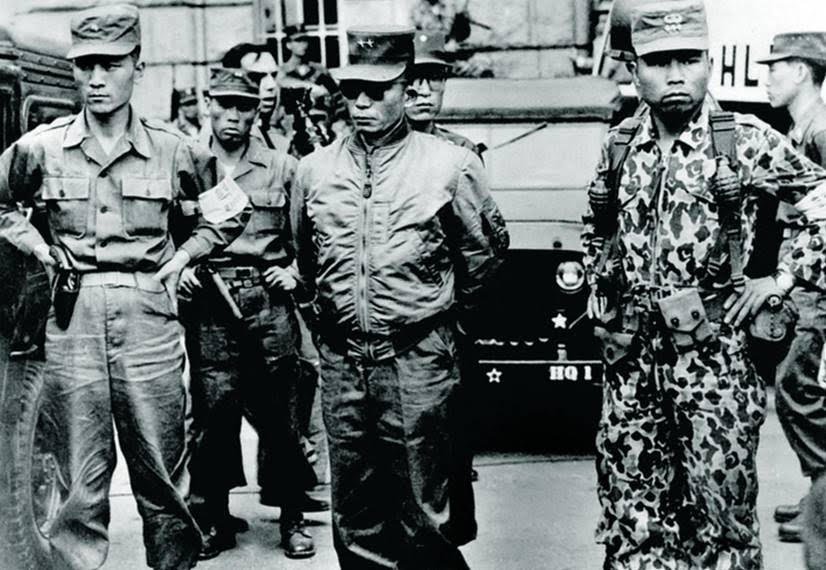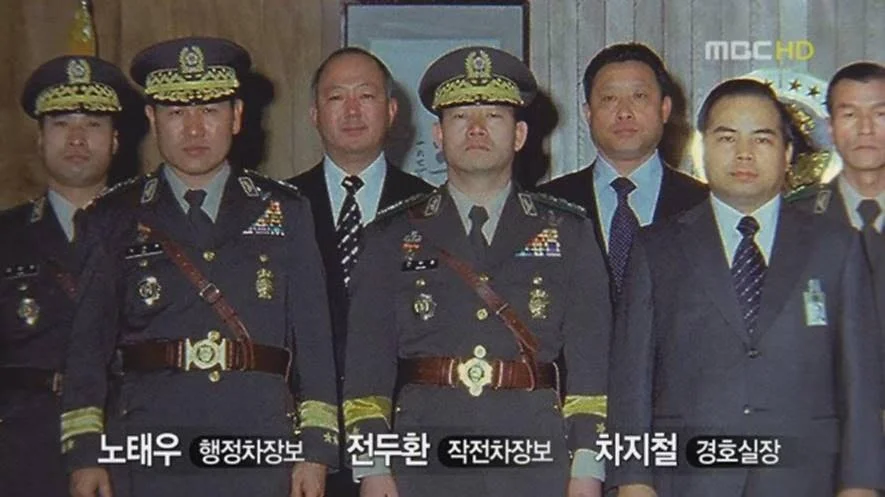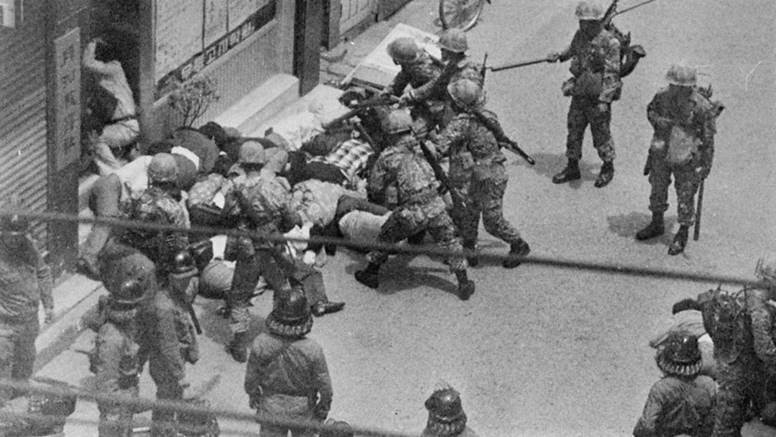By Kenn Orphan
I just watched a child’s last breath. Lying on a gurney, bloodied and terrified. Red pools forming under his head. Eyes glazing over with the unmistakable shroud of death. This is Rafah. This is what is happening now.
And yet, I keep seeing people say they feel “unsafe” because of the mere existence of encampments on university campuses. Feeling unsafe because others are protesting a genocide. And I think about what it actually means to be unsafe. Is there anything more unsafe than being displaced, starved, endlessly bombed, shot at, or buried alive?
I think of all the universities that have been obliterated in Gaza. Of all the professors that have been slaughtered. How safe are the students who once attended them? I think of the mass graves found in hospital courtyards. Bodies with zip-tied wrists, catheters, medical gowns covered hastily with waste and mud. Bodies of children, old people, the sick and the medical teams who once assisted them. If you’ve done any work in human rights, you understand the horror that the term “mass grave” imbues. They are the absolute markers of atrocity.
Some have wasted no time reminding us that this is simply the “reality of war”. But is this really a war? I cannot recall another war where one side was able to so easily shut off the water mains, the electricity, the food and medicine shipments at will. If it is a war, I wonder where the soldiers on the other side are. Because I haven’t seen them either. I haven’t seen the other side’s tanks or drones or destroyers or aircrafts. I’ve only seen children, the elderly, the sick and the starving.
But I have seen soldiers. Soldiers from one side of this so-called “conflict”. They have been posting endless videos of themselves smashing children’s toys, defecating in kitchens, and parading around in the lingerie of women who have vanished. I’ve seen them making wedding proposals and holding podcasts on the rubble of bombed out apartment buildings. I’ve seen them hauling off jewelry, clothes and money. I’ve seen them firing on people waving white flags or who were simply crossing a road.
Much of the media, pundits and many politicians of all political persuasions have been wasting no time demonizing the student protests. They keep telling us how they make some people feel unsafe. And they continually tell us that this all started on October 7th. That this is a “retaliatory war”. And it’s true that terrible things were done on October 7th. But they never mention the 80 years prior to that day. They never mention apartheid and forced displacement and night raids and indefinite detention of children and home demolitions and settler attacks and a crippling blockade. Wouldn’t those things make anyone feel perpetually unsafe?
The assault on Rafah has begun. Millions of starving, sick and displaced civilians are in harms way with no where to go. And yet I keep hearing pundits, politicians and the media demonize students for simply demanding that their schools stop funding it. And wringing their hands over some people feeling unsafe because of those demands.
I cannot help but think of that little boy I just saw die on a gurney. I’m pretty sure he would’ve gladly traded places with any of the people who keep saying they feel unsafe because there are some nonviolent protests on some university campuses.
















